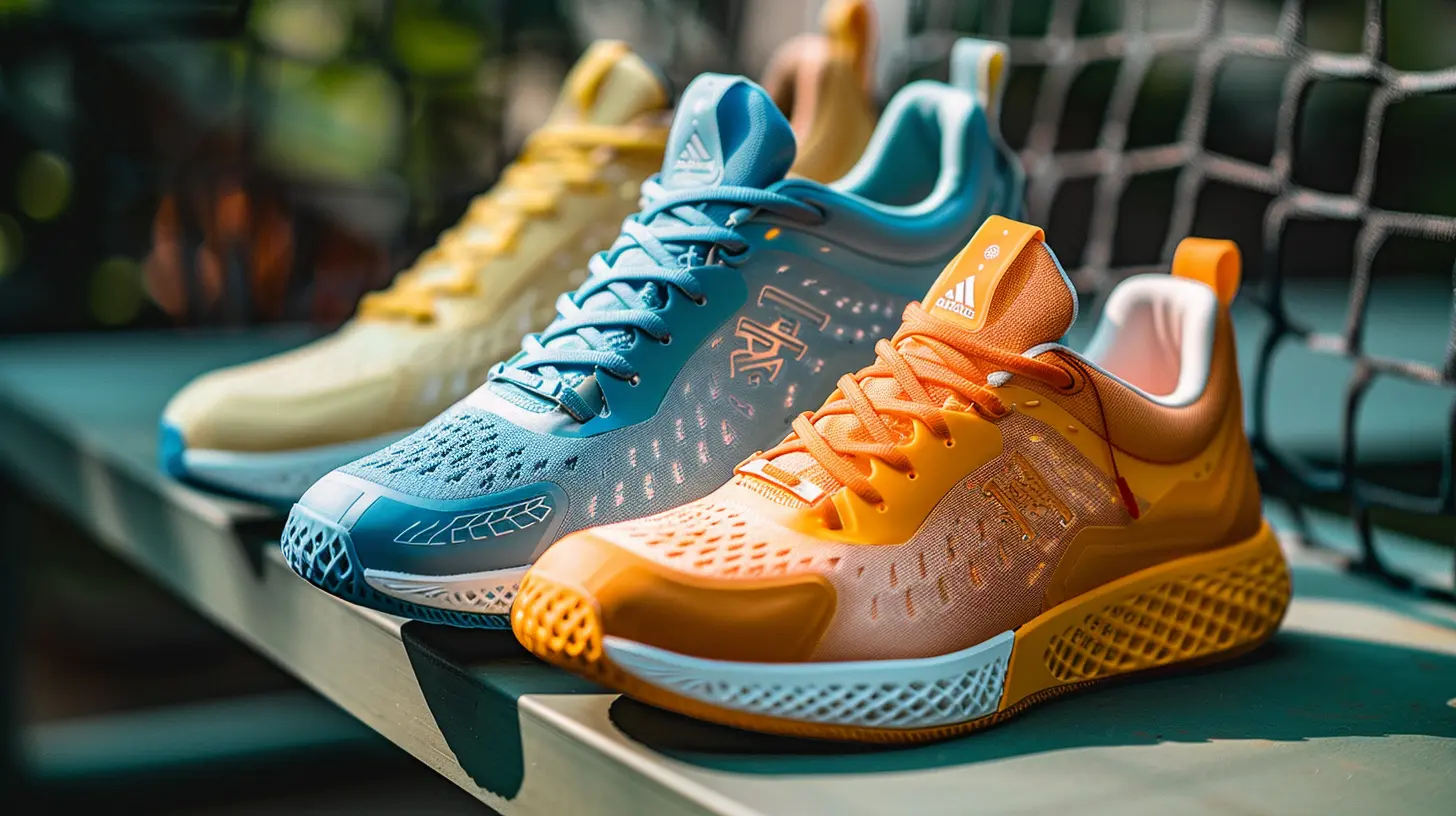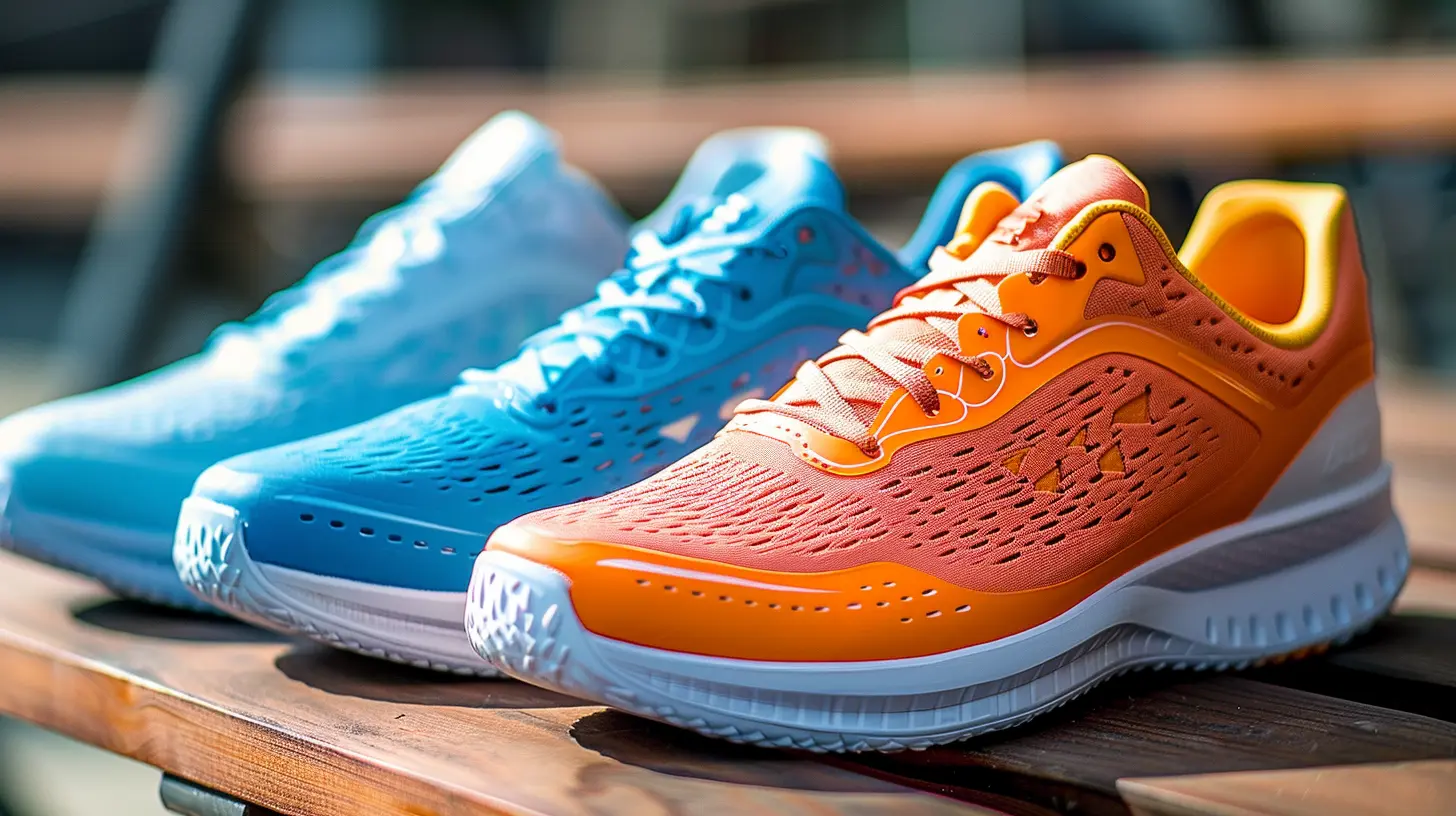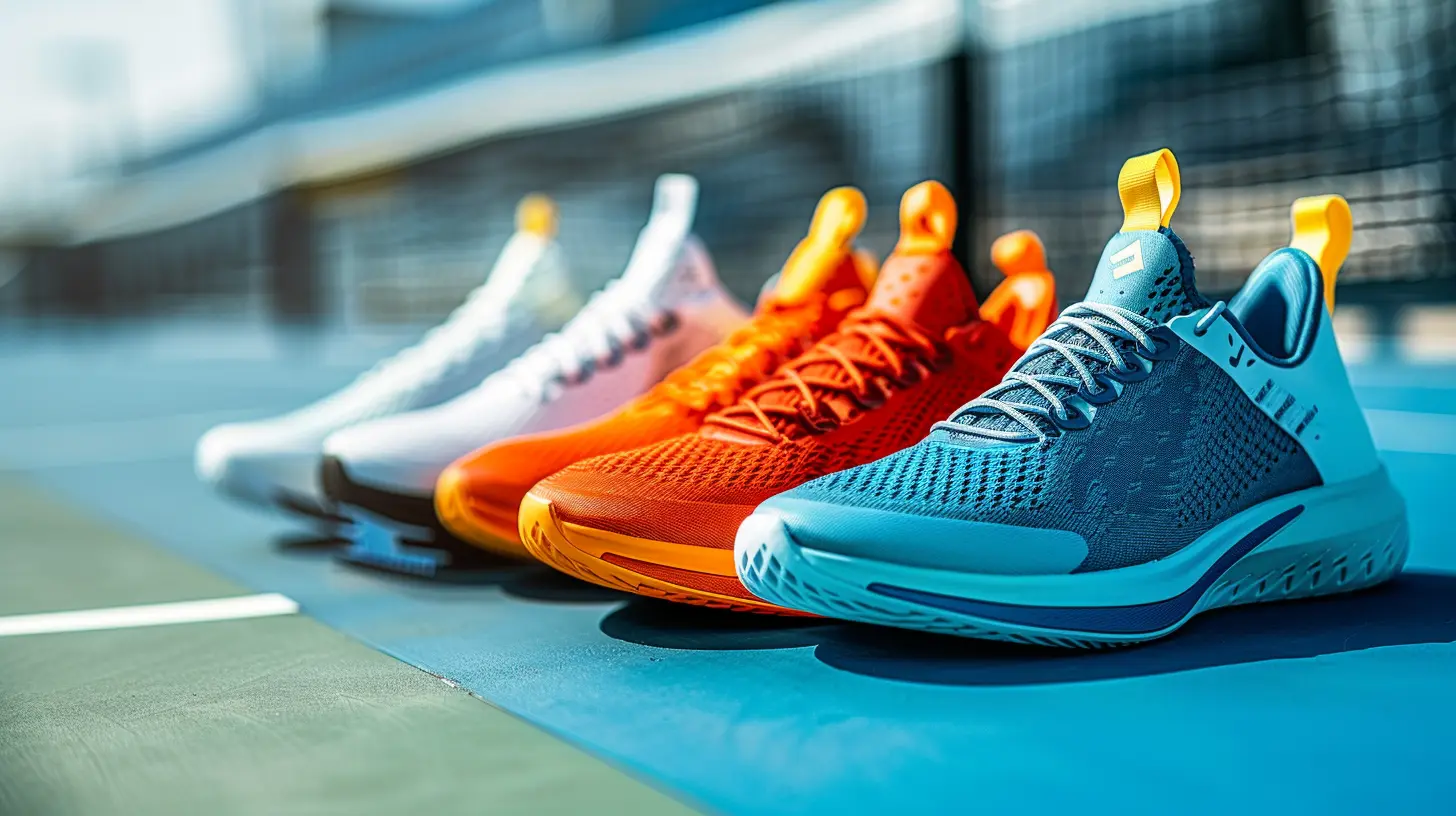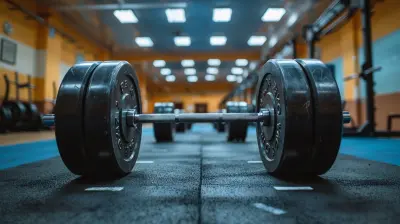The Key Differences Between Indoor and Outdoor Tennis Shoes
8 July 2025
If you’ve ever played tennis both indoors and outdoors, you’ve probably noticed a difference that goes beyond lighting or weather. It’s the court. And more importantly... it’s the shoes. Yep! The pair of kicks you lace up before hitting the court can make or break your game depending on where you’re playing.
You wouldn’t wear flip-flops to climb a mountain, right? Same idea here. Indoor and outdoor tennis shoes are built differently to handle the unique challenges of each environment. So, whether you’re a beginner just getting your feet wet (hopefully not literally!) or a seasoned player looking to fine-tune your gear, let’s break it all down.

Why Tennis Shoe Design Actually Matters
First things first, why should you even care? Shoes are shoes, right?Well, not quite.
Tennis demands a whole lot of lateral movement, quick stops, sudden starts, and tons of pressure on your ankles and knees. Using the wrong kind of shoe can not only throw off your performance but also mess with your joints. And here’s the kicker – certain shoes can even speed up how fast the court wears down or how quickly your shoes fall apart. That’s the last thing you need in the middle of a big match.
So choosing between indoor and outdoor tennis shoes isn’t just about style or brand loyalty. It’s about performance, safety, and longevity.

The Court Surface: The Real Game-Changer
Before we dive into the shoes themselves, let’s talk about the courts. Because the kind of surface you’re playing on directly influences the kind of footwear you should wear.Indoor Courts
Indoor courts usually have smooth, hard surfaces – think polished wood or synthetic gym flooring. These surfaces create less friction, so they’re easier on your shoes. But they’re also more slippery if your shoes don’t grip well. That’s why indoor courts call for shoes that can handle quick lateral movement without slipping.Outdoor Courts
Outdoor courts, on the other hand, vary. There’s concrete, clay, and even grass. Concrete is tough on shoes; it’s unforgiving. Clay provides more traction but can get messy, while grass courts are slippery and require more stability.The takeaway? Outdoor courts demand a more rugged and versatile shoe.

Traction: Grip It and Rip It!
One of the biggest differences between indoor and outdoor tennis shoes is traction. Let’s break it down.Indoor Tennis Shoes
Indoor tennis shoes usually come with non-marking soles – that’s a biggie. Ever see someone kicked off a gym court for leaving scuff marks? Yeah, not fun. These soles are made from softer rubber to prevent marking and offer solid grip on smooth floors.They're built for quick side-to-side movement, with just the right grip to stop you from sliding but not so much that you stick and trip.
Outdoor Tennis Shoes
Now outdoor tennis shoes? They have to handle all sorts of terrains. Whether you're grinding on a hard court or slipping and sliding on clay, outdoor shoes come with durable outsoles that offer deeper treads and stronger grip.Bonus: these shoes often have specialized sole patterns, like herringbone, which works wonders on clay courts by helping you slide just enough without losing control.

Durability: Tough Love for Tough Courts
Let’s be real – outdoor courts are brutal. Between the sun, rain, and rough terrain, your shoes go through a LOT.Indoor Shoes
Indoor shoes are made with lighter materials. The thought here is simple – you’re playing in a controlled environment. No sun beating down, no rain, no random pebbles. So they don’t need to be tanks.As a result, these shoes are often sleeker and more lightweight, giving you that extra edge in speed and agility on the polished court.
Outdoor Shoes
Outdoor shoes are straight-up beasts. They’re reinforced with tougher uppers, abrasion-resistant outsoles, and sturdy toe protection. Think of them like the SUV of tennis shoes – built to handle rough roads and unpredictable conditions.They’re a bit heavier, sure, but that added support and durability pay off in the long run – especially if you’re pounding the pavement with regularity.
Cushioning and Support: Your Feet Will Thank You
Whether you're serving aces or scrambling for that impossible return, your feet take a pounding. So cushioning? Super important.Indoor Shoes
Indoor courts cause less impact overall, so indoor tennis shoes usually have moderate cushioning. Enough to keep you comfortable, but not so much that you feel like you’re wearing clouds on your feet.Why less cushioning? Simple: better court feel. On indoor surfaces, players rely more on that direct connection with the floor to react quickly and change direction in an instant.
Outdoor Shoes
Outdoor shoes, however, need to deal with much harsher conditions. That means extra cushioning in the midsoles and heels, built to absorb shock and protect your joints from the harder impact of concrete and other rough surfaces.More support also equals better ankle stability, which is huge when you're playing longer matches or training regularly on outdoor courts.
Breathability: Keeping It Cool (Literally)
Let’s talk sweat. Yep, the not-so-glamorous side of playing tennis.Indoor Tennis Shoes
Indoor environments are (usually) climate-controlled, so breathability isn’t as big of a concern. Still, many indoor tennis shoes opt for mesh panels or lightweight materials that keep feet from overheating during intense play.Outdoor Tennis Shoes
In the great outdoors? Breathability is a must. High temperatures, direct sunlight, and longer playtimes can turn your shoes into mini saunas.Outdoor tennis shoes often feature ventilation zones or moisture-wicking liners to help your feet stay dry and cool, even during the dog days of summer.
Weight: Featherlight or Heavy-Duty?
When it comes to speed and agility, weight is a big deal.Indoor Shoes
Indoor tennis shoes are generally lighter. Less material, less padding, and no need for heavy-duty outsoles means these shoes help you move fast and stay nimble.They’re perfect when you need quick reactions and rapid movement without a ton of wear and tear on the shoe.
Outdoor Shoes
Outdoor shoes, being the more durable option, naturally come with a bit of extra weight. We're talking sturdier build, thicker soles, and reinforced toes. It’s a trade-off. You give up a little speed for a lot of protection.But hey, think of it like wearing armor. You’re ready for battle – and your shoes won’t flinch.
Price Point: What’s It Gonna Cost You?
Sure, quality shoes aren’t cheap. But you don’t want to cut corners when your performance and safety are on the line.Indoor Shoes
Since they’re lighter and made with fewer rugged materials, indoor tennis shoes often cost a bit less. But don’t let the price tag fool you – there are premium models with advanced tech features, too.Outdoor Shoes
Outdoor shoes? They’re usually a bit pricier. More materials, heavier duties, and longer life means you’re paying for endurance. But in most cases, it’s worth the investment – especially if you’re playing outdoors most of the year.Can You Use One Pair for Both?
Ah, the million-dollar question.Technically, yes... but also no.
If you’re a casual player who hits the court once or twice a month, a versatile pair of outdoor shoes could do the trick. They’ll give you the durability you need outside and still hold up okay indoors (as long as they're non-marking).
But if you’re serious about your game, switching between indoor and outdoor shoes is the smart move. Not only will you protect your body, but you’ll also extend the life of your gear. Win-win!
Quick Comparison Chart
| Feature | Indoor Tennis Shoes | Outdoor Tennis Shoes ||--------------------|-------------------------------|--------------------------------------|
| Traction | Smooth, non-marking soles | Rugged, deeper tread patterns |
| Durability | Lower (for smooth courts) | High (built for rough surfaces) |
| Outsole Type | Soft rubber | Hard-wearing rubber compounds |
| Cushioning | Light to moderate | More cushioning, especially in heel |
| Weight | Lightweight | Heavier and more robust |
| Ventilation | Moderate | High (for sweaty outdoor conditions) |
| Price | Often cheaper | Generally more expensive |
Final Thoughts: Choose Based on Where You Play
When it comes down to it, the key differences between indoor and outdoor tennis shoes lie in their purpose-built design. Each is tailored for the surface it’s meant to play on. So your best bet? Match your footwear to your playing environment.Here’s a quick tip: Think of your tennis shoes like tires. You wouldn’t put snow tires on your car in the summer, right? Same logic here. Equip yourself with the right gear and watch how much better – and safer – your game becomes.
So the next time you step onto the court, whether it's inside a shiny gym or out in the open air, take a moment to check your shoes. Are they up to the challenge?
Your feet – and your game – will thank you.
all images in this post were generated using AI tools
Category:
Sports EquipmentAuthor:

Preston Wilkins
Discussion
rate this article
1 comments
Catherine Jennings
Great insights! Understanding shoe differences is crucial for optimal performance on different surfaces.
July 27, 2025 at 4:23 AM

Preston Wilkins
Thank you! I'm glad you found the insights helpful. Choosing the right shoes can indeed make a big difference in performance.


